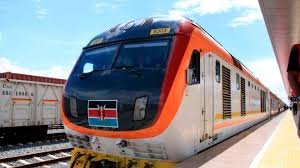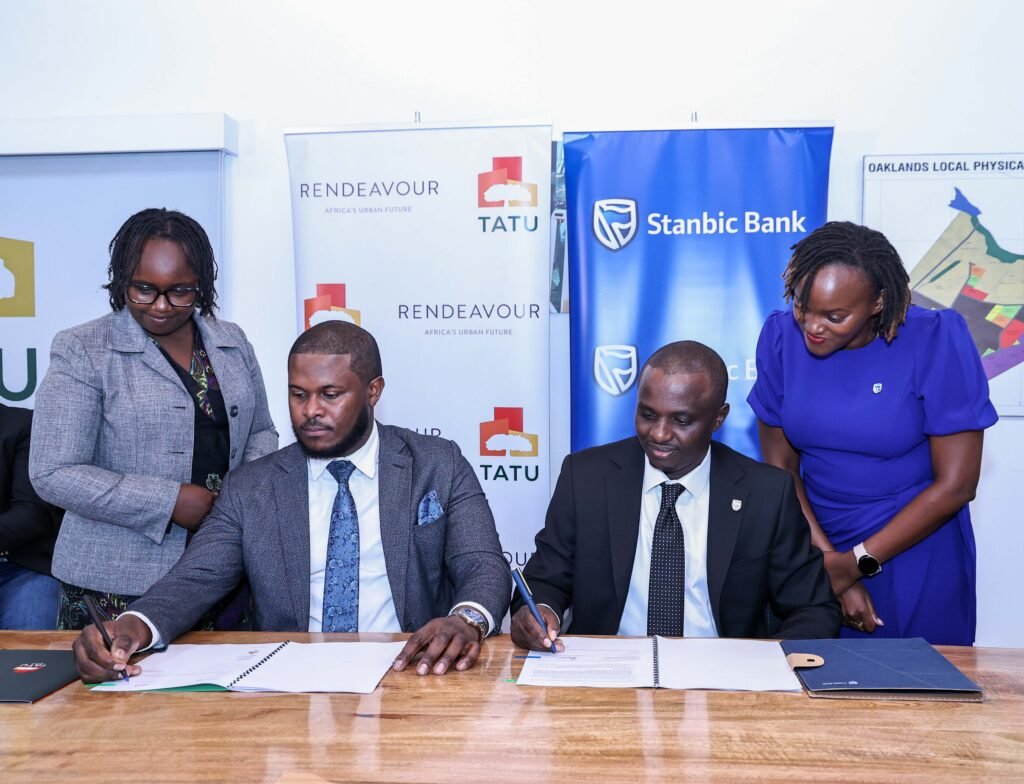Kenya is in talks with UAE’s Etihad Rail to fund and operate the Standard Gauge Railway extension from Naivasha to Malaba through freight concessions.
This initiative is part of a broader strategy to attract private sector participation in regional infrastructure development.
Davis Chirchir, the Cabinet Secretary for Roads and Transport, stated that the government aims to secure at least Ksh130 billion from private investors to contribute to the total Ksh645 billion needed for the construction of SGR Phase 2A (Nairobi–Naivasha) and Phase 2B (Naivasha–Malaba).
To alleviate the financial pressures on the national budget, the government is pursuing a freight concession model. This approach will enable private entities to invest in rolling stock, which includes locomotives, freight wagons, and passenger coaches, while the government focuses on developing the core rail infrastructure.
“We’re seeking a freight concession model, similar to our approach with roads,” Chirchir explained during the 37th Ministerial Meeting of the Northern Corridor Transit and Transport Coordination Authority (NCTTCA) held in Nairobi.
“Instead of the government spending an additional $500 million to $1 billion on rolling stock, we want the private sector to take on that responsibility while we concentrate on what the private sector cannot do.”
Among the potential investors is Etihad Rail, which has shown strong interest in the project. According to Chirchir, the UAE-based company is evaluating the cargo volume potential and has determined that transporting at least 17 million metric tons annually would make the investment viable. “Etihad Rail is eager to be involved. They’ve assessed our cargo volumes and believe that achieving 17 million metric tons would make the project commercially sustainable,” he added.
The government has completed route feasibility studies and mapping for the upcoming phases of the railway. Additionally, land acquisition and compensation processes for affected communities are currently in progress.
The SGR extension is part of Kenya’s larger objective to connect its rail network with Uganda and other East African nations under the Northern Corridor Integration Projects (NCIP) framework, which aims to enhance regional trade and connectivity.
Uganda is also moving forward with plans to construct an electric SGR line from Malaba to Kampala. Benon Kajuna, the Managing Director of Uganda Railways Corporation (URC) and chair of the NCTTCA, confirmed that feasibility studies are complete and that construction is expected to commence soon.
The first phase, running from Malaba to Kampala,will cost approximately Ksh405 billion and cover 270 kilometers. “We’re implementing our SGR in phases. The first phase runs from Malaba to Kampala, and later we’ll extend the line to the borders with the Democratic Republic of Congo, Rwanda, and finally South Sudan,” said Kajuna.
Push for Regional Harmonization and Greater Rail Cargo Uptake
Through the NCTTCA, East African Community (EAC) countries are collaborating to harmonize railway policies, customs procedures, and immigration systems to facilitate cross-border movement of goods and people. The ultimate goal is to shift at least 60% of the 40 million metric tons of cargo moving through the Port of Mombasa to the rail network, up from the current 20%.
The SGR project remains a key component of Kenya’s infrastructure modernization strategy, with aspirations to make Mombasa the premier gateway port for East and Central Africa while reducing logistics costs and alleviating road congestion.

